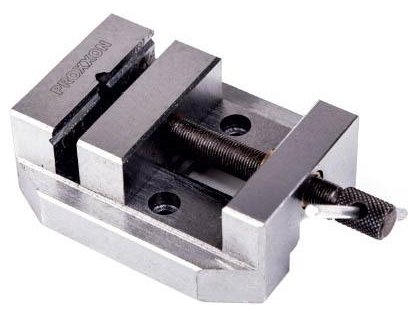CNC Milling Clamping Devices working principle
The workpiece has to be firmly fixed in place whether you use a wood or metal machine table. Various clamping devices are available, depending on the material you are working on.
Tool Length Sensor
A milling machine has to be set up to precisely match the position of the workpiece when it is fixed to the machine table. For jobs with tolerances of just a few hun dredths of a millimeter, it is essential to check your setup every time you swap tools or reposition the work piece. A tool length sensor is used to quickly measure the exact position of a tool on the Z axis.
The sensor consists of a switch connected to the machine’s control system. When a tool is lowered toward the switch, it stops the movement the moment the tool triggers the switch, thus communicating the position of the tool’s tip to the machine’s software.
This provides the software with a zero point on which all further adjustments are based. This point can also be used to adjust the system for different length tools.
As well as dust and dirt, a milling machine produces a lot of noise. Cheaper mo- tors especially tend to howl loudly and you will definitely need earmuffs if you use your machine regularly. A purpose-built enclosure enables you to permanently re-
duce noise levels.
For example, clamping a round workpiece requires a vise with cen- tering grooves.

It is relatively simple to make your own clamps using aluminum bars drilled to hold a threaded bolt and a thread with a four-sided nut
